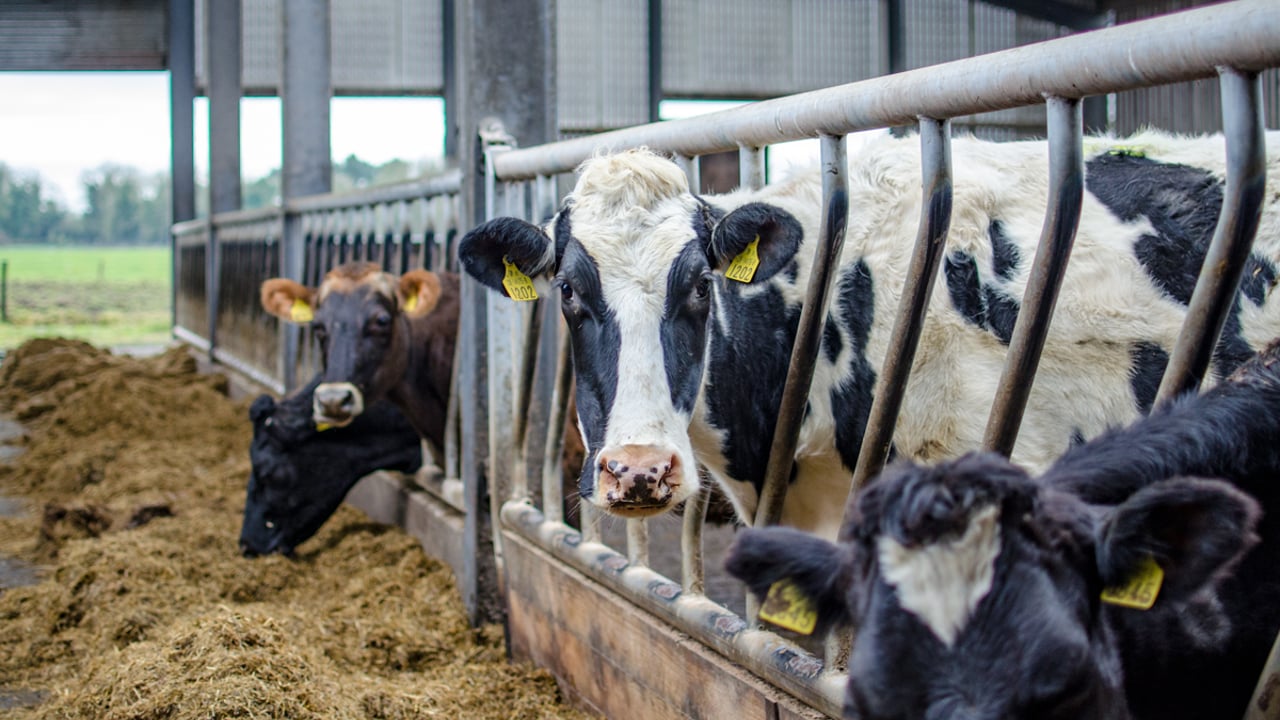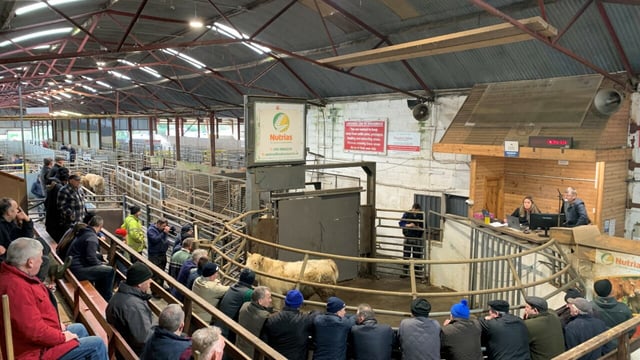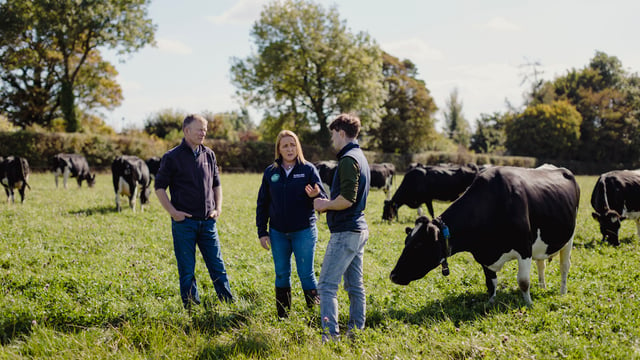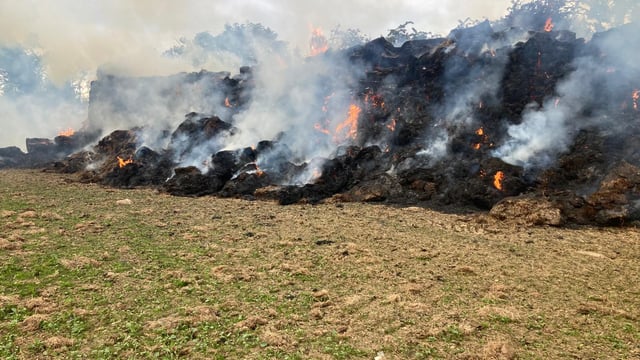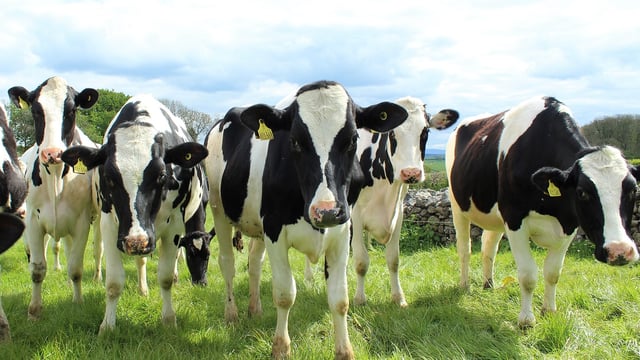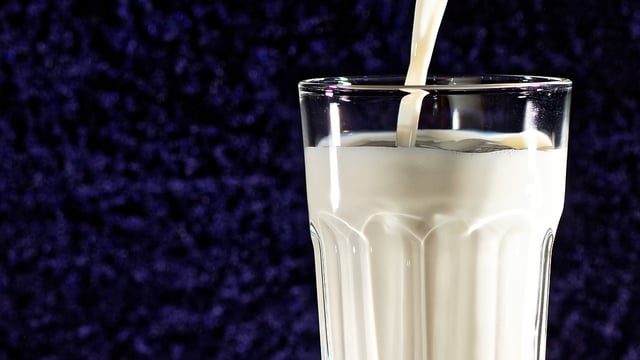Dairy advice: Be wary of fat and late-calving cows
As we are in the thick of calving season, cows are hopefully calving with few problems.
As we proceed further in the season, late-calving cows are more at risk of getting over-conditioned and of developing metabolic issues as a result.
Fat cows in the herd are a bigger threat as the season progresses as they have a longer dry period which gives them more time to put on condition.
Metabolic issues in cows are generally seen in those that are over- or under-conditioned prior to or during calving.
Having cows calving down at the right body condition score (BCS) is easier to manage with early calving cows, as they are more likely to have had a normal dry off period of eight to 10 weeks.
However BCS can become an issue when the dry period is longer than previously stated and can lead to cows calving with metabolic issues that can lead to problems like milk fever, retained placenta or displaced abomasum.
Late-calving cows
It is very easy to focus solely on cows that are close to calving and that are calving at the current time, but an eye needs to stay on the cows which are more often furthest from the milking shed; the late-calving cows.
Cows that are still weeks away from calving pose a risk of facing potential issues if they are not monitored closely.
Fat late-calving cows are generally the ones that will require assistance during calving, which means that you should continue to monitor the condition of these cows in the lead-up to calving.
When feeding high-quality silage, it will have a higher intake potential which means cows will eat more of it and therefore this will have to be restricted.
Restricting the feed intake of a cow can be difficult, especially if fat cows are not grouped together, but reducing the energy density of the diet is easier.
This can be done by mixing straw into the silage being fed to the late-calving cows. Another option is that a lower-quality and higher-fibre content silage can be fed to late-calving cows that are putting on too much condition.
Higher quality silage is going to be used for feeding milking cows, and should not be fed to dry cows.
Prevention
It is important to regularly monitor late-calving cows during this period, and if there is space available to group a bunch of cows that are over-conditioned, so as to easily manage their condition.
In the case of cows that calve down while over-conditioned and run into trouble with milk fever, a high calcium bolus with vitamin D is recommended instead of straight calcium bottles under the skin.
Milk fever can also result in reduced lactation performance and it can increase the incidences of slow or lazy calvings, retained cleanings, and uterine infections due to impaired uterine contractions.
This can also cause muscle fractions to become impaired, which reduces rumen motility and reduces dry matter (DM) intake and increased severity of negative energy balance (NEB).
This can all lead to reduced milk yield over the lactation and give rise to other metabolic disorders. This issue can be avoided by regularly monitoring the condition of the cows and restricting or reducing their diet when needed.
This coupled with an adequate pre-calving mineral of 22% magnesium, high levels of vitamin D and the necessary trace minerals should prevent metabolic issues as long as you are feeding a low potassium (K) silage.

